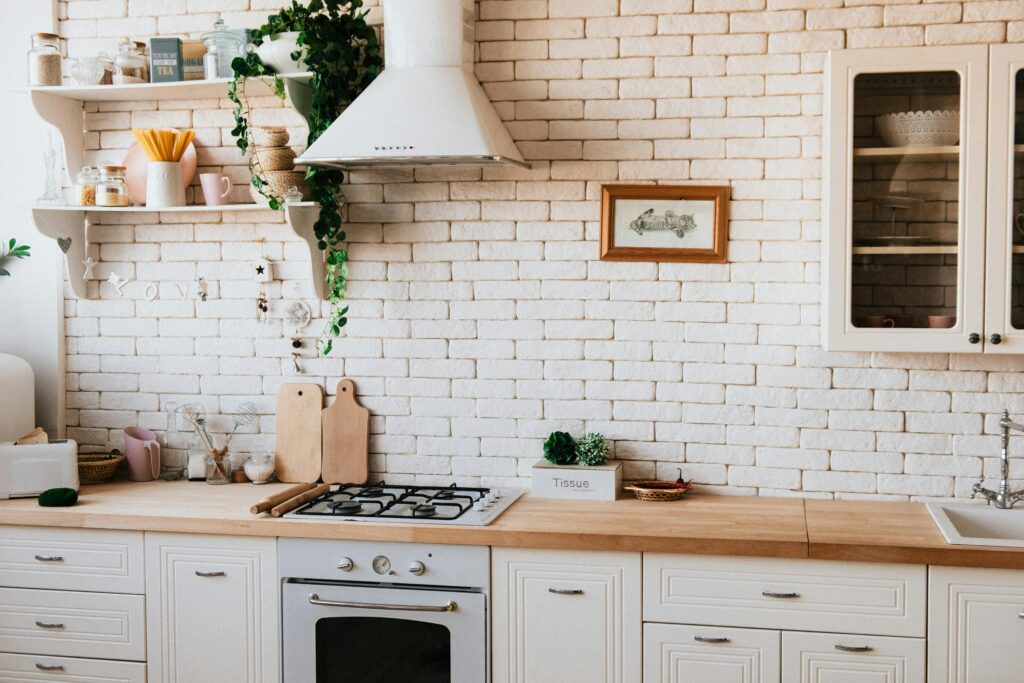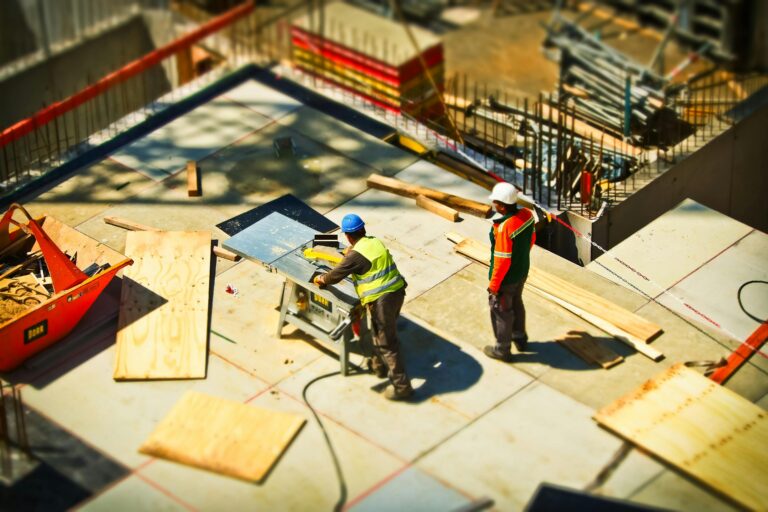Want to update your kitchen without going over budget? Adding some fresh life to your room can be achieved with an easy do-it-yourself kitchen cabinet makeover. It not only lets you design your kitchen to suit your tastes, but it can also be a fulfilling undertaking that raises the value of your house. Let us look at some imaginative and reasonably priced DIY cabinet makeover ideas.
Why consider a DIY makeover?
Many homeowners find that a do-it-yourself kitchen cabinet makeover is an enticing alternative since it is affordable and customizable. With a little time and effort, you can get a modern, fresh design without having to spend a fortune on new cabinets. Additionally, you can customize the design to your particular tastes by taking on the job yourself, which will make your kitchen genuinely distinctive.
Planning Your Cabinet Makeover
Assessing Your Current Cabinets
Examine your existing cabinets closely before starting any DIY projects. Examine them for any damage, such as dings or loosened doors, and decide if updating them is worthwhile. If your cabinets seem old but are in good structural condition, you should think about giving them a facelift.
Setting a Budget
Establish your budget before beginning your cabinet remodel. Making judgments regarding hardware, paint, and materials with a clear budget will help you avoid going overboard. Keep in mind that certain do-it-yourself projects are more affordable than others, so planning with a budget in mind will help you make decisions.
Choosing Your Design Style
Choose the look you wish to accomplish. Your preference for a sleek, modern aesthetic or a traditional, classic vibe will affect the materials and methods you employ. Look through websites, design publications, and Pinterest to get ideas and discover a look that you like.
Prep Work
Cleaning and Sanding
The secret to a great cabinet makeover is preparation. To start, give your cabinets a thorough cleaning to get rid of all the grease and dirt. After cleaning, give the surfaces a rough texture with sanding to improve paint adhesion. For a smooth finish, use sandpaper with fine grit.
Removing Cabinet Hardware
Take off all of the hinges, knobs, and handles from the cabinets. This will guarantee uninterrupted painting or staining of the cabinets, resulting in a polished appearance. If you intend to reuse the hardware, store it in a secure location.
Protecting Your Workspace
Use drop cloths to shield your surfaces and floors from dust and paint splatters. To paint places you do not wish to paint, including walls and nearby surfaces, mask them off with painter’s tape. A smooth and secure painting procedure can also be ensured by setting up a well-ventilated workspace.
Painting Cabinets
Choosing the Right Paint
Take into account the color, finish, and longevity of the paint when choosing it for your cabinets. Select premium latex or acrylic paint for a surface that will last and be simple to clean.
There are several types of paint suitable for cabinets:
- Latex paint is water-based and easy to clean, with a variety of finishes.
- Oil-Based Paint: Provides a durable finish but requires more time to dry and has a stronger odor.
Finishes and Sheens
Your cabinet’s maintenance and look are influenced by the finish you select. Typical finishes consist of:
- Gloss: Provides a shiny, reflective surface that is easy to clean.
- Satin: Offers a soft sheen with less reflection, ideal for hiding imperfections.
- Matte: Gives a smooth, non-reflective finish, though it may be harder to clean.
Painting Techniques
- Brush vs. Roller
For finer details and edges, a brush works best; for broader surfaces, a roller works faster. Start with a brush for corners and intricate areas, and use a roller for flat surfaces for a polished, seamless finish.
- Spraying Paint
Use a paint sprayer for a very smooth finish. This technique lessens brush marks and yields an equal coat. Ensure that adequate ventilation is in place and cover any parts that should not be painted.
Updating Cabinet Hardware
Selecting New Hardware
Changing the hardware on your cabinets is an easy way to give them a new look. Select hardware that both suits your design style and looks good with the new cabinet finish. Sleek handles, retro knobs, and contemporary metal pulls are available options.
- Knobs and Pulls
Pulls are good for drawers, but knobs are perfect for cabinet doors. To make sure the hardware fits nicely in your hand and complements the overall design of your kitchen, pay attention to its size and shape.
- Hinges and Handles
Do not undervalue the significance of handles and hinges. Choose hinges of the highest caliber to guarantee longevity and seamless functioning. The handles on your cabinets should complement the new hardware and add to their overall design.
Installing Hardware
Replace the hardware on your cabinets after they have dried and been painted. To guarantee precise alignment and placement, use a template. Your cabinets will look great and operate well if they are installed correctly.
Adding Decorative Elements
(i) Adding Trim and Molding
You may make your cabinets look better and more bespoke by adding trim or molding. Think about choices like baseboards, crown molding, or ornamental panels.
Types of Trim
- Crown Molding: Adds a finished look to the top of your cabinets.
- Base Molding: Completes the look at the bottom of the cabinets.
- Panel Molding: Adds visual interest with intricate designs.
Installation Tips
To guarantee an exact fit, measure and cut the trim pieces carefully. To secure the trim, use wood glue and finishing nails. Before painting, use wood filler to cover any nail holes or gaps.
(ii) Using Contact Paper and Wallpaper
- Applying Contact Paper
A cost-effective and simple-to-use solution for replacing cabinet surfaces is contact paper. Pick a pattern that goes well with the décor of your kitchen, then carefully apply the paper, smoothing out any bubbles as you go.
- Using Wallpaper Effectively
You may also use wallpaper to give your cabinets some texture or pattern. Apply a sturdy wallpaper using the same methods you would for contact paper. For optimum adherence, make sure the surface is smooth and clean.
Finishing Touches
Sealing and Protecting Paint
Use a clear sealant after painting to shield your cabinets from wear and moisture. To get a unified look, select a sealer that complements your paint finish.
Cleaning Up
After finishing the project, tidy up your workplace and take off any painter’s tape. To enjoy your renovated space, reinstall any cabinet hardware and reorganize your kitchen.











